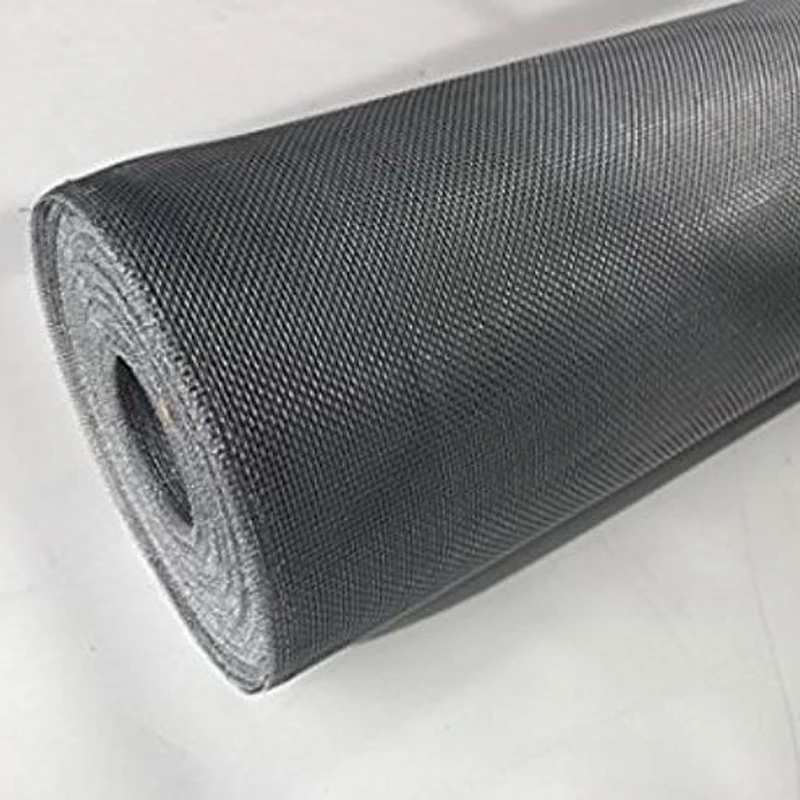The Unseen Strength Concrete, Steel, and Nails
In the world of construction and engineering, three components play an indispensable role concrete, steel, and nails. These materials collectively embody strength, durability, and reliability, which are essential for the stability and longevity of structures. While they might seem simple and mundane at first glance, their combined properties and applications are profoundly impactful, revolutionizing how we build and inhabit our environments.
The Foundation Concrete
Concrete is often considered the backbone of modern architecture. Known for its incredible compressive strength, concrete is a blend of cement, water, and aggregates, which gives it the ability to withstand heavy loads, making it ideal for foundations, walls, and floors. From the bustling high-rises of urban landscapes to the serene bridges spanning rivers, concrete is everywhere. Its versatility allows it to be molded into a variety of shapes, thereby accommodating various design aesthetics and structural requirements.
On top of its strength, concrete is also resistant to fire and decay, which contributes to the durability of structures built with it. However, it is not without its flaws. Concrete is weak in tension; hence, steel is often introduced to a concrete structure to maintain strength under various stress conditions.
The Backbone Steel
Steel is the material of choice for reinforcing concrete. It boasts a high tensile strength, which allows it to handle tension loads effectively. By embedding steel rebar or mesh within concrete, engineers create a composite material that capitalizes on the advantages of both the compressive strength of concrete and the tensile strength of steel. This synergy is epitomized in the design of reinforced concrete structures, which can withstand seismic activities, heavy loads, and extreme weather conditions.
Moreover, steel itself has evolved significantly, with advancements leading to various types such as mild steel, high-strength low-alloy steel, and stainless steel. These innovations ensure that steel can meet the specific demands of diverse construction applications, from skyscrapers to bridges.
concrete steel nail

The Bind Nails
While concrete and steel work harmoniously to provide bulk strength and stability, the importance of nails cannot be overlooked. Nails serve as the binding agents in the assembly of wooden structures, providing a mechanical connection between different components. Whether they are used to frame a building or to attach drywall, nails are crucial in ensuring that everything stays together.
Different types of nails exist for various applications—ranging from common nails used in basic carpentry to specialized deck nails designed for outdoor use. The selection of the appropriate nail type is essential to account for factors such as material thickness, environmental conditions, and the overall weight of the structures.
The Synergy of Materials
The true beauty of construction lies in the synergy between concrete, steel, and nails. When combined, these materials allow architects and engineers to push the boundaries of their creativity while ensuring safety and compliance with building codes. Buildings rise taller, bridges span wider, and homes offer greater comfort, all thanks to this triumvirate of construction materials.
The modern landscape continues to evolve, with innovations such as self-healing concrete and corrosion-resistant steel paving the way for even more durable and sustainable structures. As environmental concerns grow, the integration of biodegradable materials or recycled components into concrete and steel production is also becoming more prominent.
Conclusion
In conclusion, the interplay of concrete, steel, and nails is a testament to human ingenuity and the relentless pursuit of progress in construction. While often overlooked, these materials are foundational to the architectural wonders that define our cities and lifestyles. As technology advances and the demand for more resilient and sustainable structures increases, the importance of these materials will undoubtedly continue to grow, ensuring that they remain at the heart of the construction industry for generations to come.

















